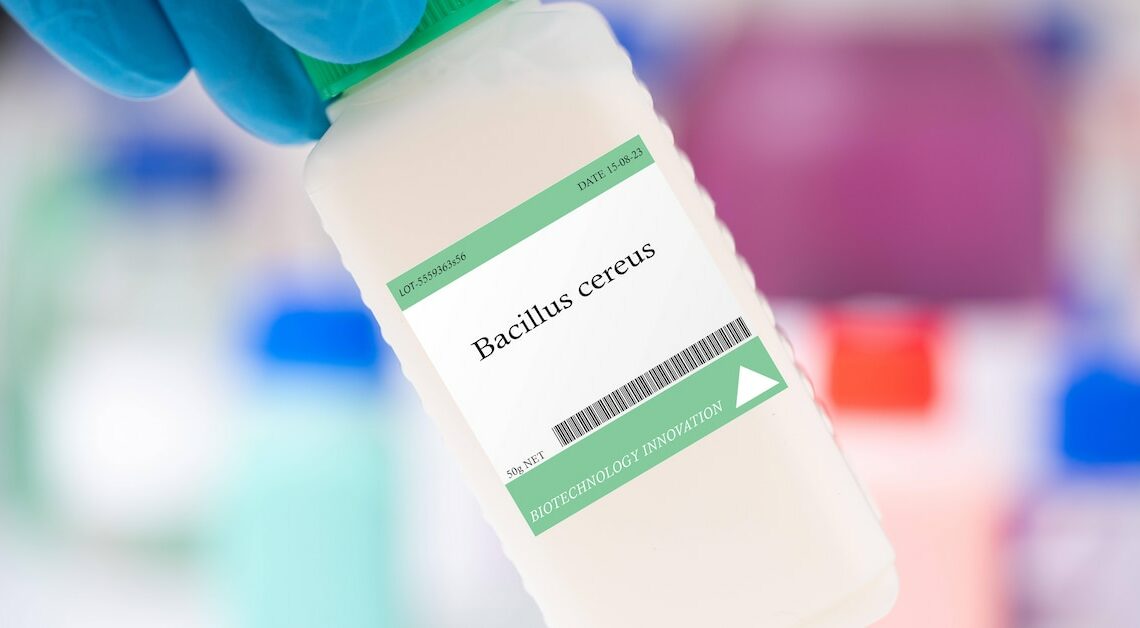
An infection with Bacillus Cereus germs is characterized by the symptoms of vomiting and diarrhea – however, targeted prevention can prevent this.
Bacillus Cereus infection: symptoms and prevention
Bacillus Cereus is a spore-forming bacterium. In unfavorable environmental conditions, such as in hot and dry periods, the spores form as a permanent form of the germ and can survive for years, especially in the soil and dust. If the environment becomes warm and moist, the spores germinate and form poisonous substances (toxins). While the vomiting toxin is ingested with food and multiplies in humans, the diarrhea toxin only develops in the human intestine after it has been ingested as a vegetative germ.
- For both toxins, a incubation period von 6 to 24 hours. Then the first Symptoms on.
- Do you suffer from Diarrhea poisonyou will experience abdominal cramps and diarrhea. The symptoms usually last for 24 hours.
- If you Vomiting poison If you are affected, you will experience nausea and vomiting. Unlike diarrhea, however, the symptoms will subside in less than 24 hours.
- As a rule, the symptoms subside on their own after the specified time and do not require any further treatment. However, if the vomiting and diarrhea attacks do not subside, fever occurs or other complications arise, you should urgently medical assistance claim.
- To avoid getting into this situation in the first place, it is best to take preventive measures. You can save a lot of Tips for prevention which you will learn about in the following chapter. They mainly relate to the handling of Groceries but also on the general Hygiene.
Preventive measures can prevent infection
For an illness to occur, a certain number of germs must be present in the food. It is assumed that there are at least 104 colony-forming units of germs per gram of food. You should follow the following rules to prevent germ growth or the spores from germinating:
- Cooling: Food should always be kept cool. The optimal refrigerator temperature in the home is 7 °C, and for the freezer -18 °C. Cooked food needs to be kept in the refrigerator at 5 °C. If you need to store oral or mixed medication (eg antibiotics in the form of juice for children) in a cool place, you need a temperature of 2 to 8 °C, depending on the medication.
- Warmth: As soon as you need to keep prepared food warm, you need a temperature of 65 °C. The food can be kept warm for a maximum of 3 hours. If cold food is to be reheated, it must be heated for at least two minutes at a core temperature of at least 70 °C.
- Transport of food: Whether you transport food privately or professionally, the cold chain must always be maintained.
- Hygiene: All hygiene regulations must be observed when producing and storing food. This is especially true for infant formula.
- Mix food: If warm and cold food components are to be mixed together, such as when making a potato salad, the cooked or warmed food must first cool down completely before it can be processed further.
- Soaking water: If you have soaked food, especially dried mushrooms, always throw away the water used. All work surfaces, tools used and your hands must be thoroughly cleaned and disinfected if necessary after contact with the soaking water.
